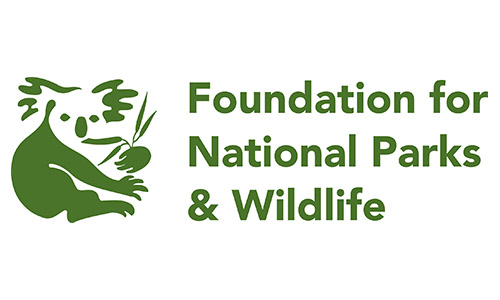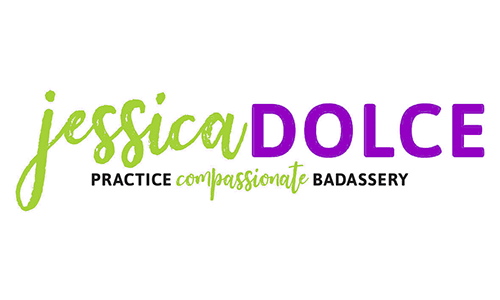“I tell myself that self-care is something I will do when on holidays – and then live in the hope the latter can happen at some stage. I know this is a simplistic and unsustainable view that needs a shakeup.”
– Suzy Nethercott-Watson, Founder of Two Green Threads and Wildlife Carer for 20 years
Please Note: The content contained on this web page is offered as information in regard to the subject matter covered and is not being rendered as psychological services. If expert assistance or counselling is needed, the services of an accredited recognised professional should be sought. See the Mental Health: Help and Support page for a range of ways to seek mental health support services.
Introduction
Sustaining individuals is one of three central pillars of action for Two Green Threads. Being a wildlife volunteer can be a rewarding and also a consuming and intensive experience, which doesn’t always result in positive fluffy outcomes. Our desire to make a difference, yet having to cope with loss, trauma or the relentless cycle of supporting our wildlife, can wear us down and sometimes make us feel very alone. Our commitment to caring for native wildlife may lead us to have an internal message of either ‘them or me’.
Two Green Threads aims to help individuals understand that looking after yourself, whilst living your service to animals, will multiply the assistance for the animals you are motivated to support. If we sustain ourselves we can help sustain our wildlife for longer. If we sustain ourselves we have a more sustainable community of volunteers to support our wildlife for the long term. Let’s reframe self-care to self and community sustainability. Let’s create space for care in order to give care.
Why is self-sustainability particularly relevant for wildlife sector volunteers?
Here are 5 reasons why self-care for the volunteers of the wildlife sector is an important area of focus:
- The volunteers involved in the rescue and rehabilitation of native wildlife are part of a ‘first responder’ sector. The sector is reactive to the needs of the wildlife and volunteers are on alert for the next phone call. This can place our nervous systems in a state of heightened readiness that can sometimes need help to turn off or at least cycle down.
- There is a cycle of environmental events that can exacerbate the safety and survivability of our wildlife – for example droughts, bushfires and floods. We know these extreme environmental cycles are increasing in terms of frequency and scale. We know this not only effects wildlife in situ but also pushes wildlife into human environments where their safety is at great risk and wildlife rescue callouts are usually the result. The last five years have seen multiple cumulative crisis which has placed greater pressure on wildlife volunteer individuals and groups.
- The human health COVID-19 crisis has placed further pressure on wildlife volunteers individually and at group level.
- The wildlife volunteer sector is almost largely based on a model of home based wildlife care. For wildlife carers then, the care doesn’t end after leaving a place of work, or central facility of care which means there is a greater risk of not being able to consciously switch down, or off, from the care cycle. The fact that we are volunteers, without a workplace as such, means there can be less external factors which control how much we do, and it may mean we take more and more on, lacking the conscious explicit levers to be able to create boundaries.
- The consistent environmental crisis from the last few years, are heightening a level of fatigue for the wildlife volunteer sector which can feel like fatigue feeding fatigue. A conscious investment in self-care won’t always be the answer to breaking this cycle but it needs to be part of the recipe.
Using this self-sustaining guide
In this guide the term self-care is used interchangeably for the term self-sustainability. This guide is not intended to be a deep dive into the topic of self-care. Instead it is meant to be read as a supplement to the subject in conjunction with the webinar, podcast episode and Reflections piece on this topic found on the Two Green Threads website.
As you absorb this guide:
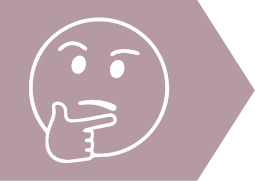
Take timeout to reflect on the content and answer for yourself the questions posed for consideration.
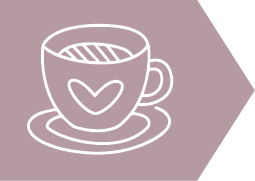
Get together with some of your fellow wildlife volunteers, grab a cuppa and explore together your personal stories of self-care. Use the questions on this page to create a space for shared reflection, and some forward plans for what might change and how you support one another. Download the ‘Self-Care Guide Accompaniment Questions’ here.
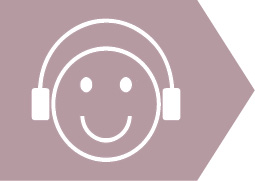
Watch the Two Green Threads and Jessica Dolce webinar “I’m not interested in self-care… I’m doing this for the wildlife” in a group setting. Use breakout groups to consider each of the questions (download the ‘Self-Care Guide Accompaniment Questions’ here). Discuss any group culture elements that may be impinging on people building and implementing self and community sustainability. Together you can help build a level of validation and support for taking time to replace energy.
Consider This 🤔
So why is self-care so hard? Or why are we so ‘bad’ at self-care?
Your approach may be being influenced by your definition of self-care
For those involved in the volunteer wildlife sector we often have some inherent messages that means the attention needs to be on animals, and that our needs take second place to that. We can get ourselves into a position where we create an ‘either’ ‘or’ line where we convince ourselves we can only look after wildlife OR invest in some self-care. It is possible though to consider a space within the two ends of that spectrum and look to understand how to create a space of ‘and’ where looking after animals as well as our ourselves can co-exist.
The term ‘self-care’ can be loaded. Are any of these currently running through your mind?
- I am not important, it’s irrelevant
- Time spent on me means I have less time to assist animals
- I can only take some time when I’ve earned it or done ‘x’and done ‘y’
- No point doing it if I only have a few mins so no point doing it at all
- It takes too much time and I don’t have any
- Such a waste of time I could be doing some productive
“Remember you don’t need to earn self-care by working the hardest, saving a million lives, being perfect, giving until it hurts, or putting yourself last.
You don’t have to earn self-care at all.”
– Jessica Dolce, Certified Compassion Fatigue Educator
What if the term self-care was neutral?
Not loaded with judgement or stories. It’s just energy management; how you replenish your used energy. Self-care is simply the act of caring for yourself and tending to your needs that enables you to at the very least survive.
How do you know if it’s really self-care?
If you’re not sure if eating a bowl of ice cream or watching a movie or exercising is self-care or numbing/avoiding/[insert unhealthy coping method here], ask yourself why you are doing it and how it feels.
Are you mindfully eating that ice cream and enjoying every last bite, stopping when you’re full? Do you feel refreshed and alive? If so then that is self-care.
OR…
Are you attacking a tub of ice cream with a soup ladle while zoned out in front of the computer, totally unaware that you’re even eating it until the container is empty and you feel sick? That is not self-care.
You can ask yourself questions like:
- How does this sustain me?
- How will I feel after I’ve done it?
- Is this moving me towards healing or harm? Wellness or worseness? Is it energising
or draining? - Am I doing this out of choice or as a knee jerk reaction to something?
Consider This 🤔
What explicit (or implicit) messages have you received about self-care?
Who Gets to Determine ‘Healthy’ or ‘Balanced’?
Finding a healthier balance between caring for others and caring for your own needs is critical for anyone in a helping profession or caregiving role. The definition of ‘balance’ is, however, your definition and not what others think you should have. It needs to be a conscious consideration of what that looks like for you, not whatever ends up happening as events and circumstances play out before you.
Balance is not about striking the mythical, perfect equal shares for everything. Life is more dynamic than that. There will be cycles of events and needs that mean it is harder to stick to what might be a ‘normal’ balance for you. That’s okay. Sometimes the choir sings together, sometimes one voice takes centre stage for a solo. Both are valid and beautiful.
Think of it this way: just like nature, we operate in cycles. We have energetic cycles every day, month, and year that draw on us differently but if there is no underlying recognition that part of the energy input is self-sustenance then it’s inevitable that we will run our bucket dry.
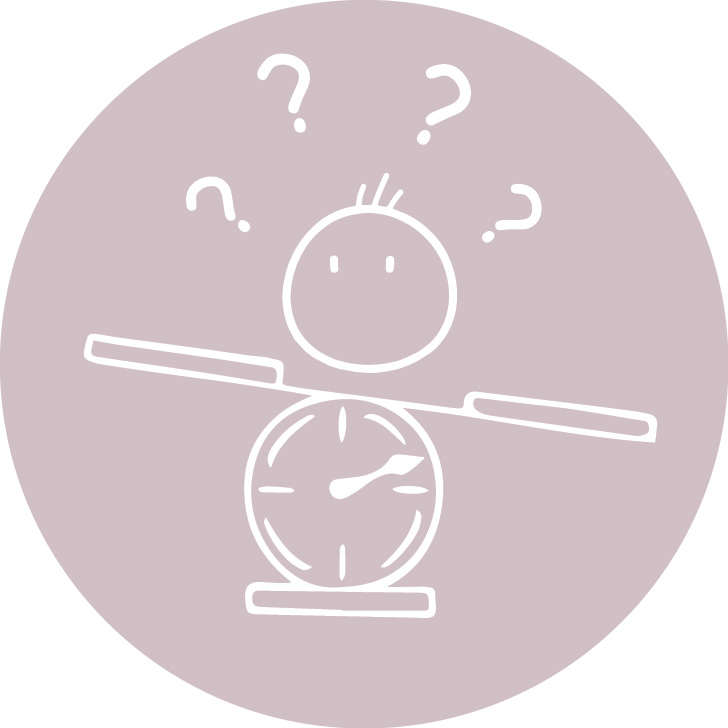
When it gets tough self-sustainment is a by-product
When we are stressed the need to sustain ourselves actually goes up, however, it is often the very thing that is squeezed out during such a time. This is where the link between what is balanced and needed comes into play. At times of high stress when so much more is called of ourselves, our normal balance of self-sustenance goes out the window. We can picture what these times where we override our surviving needs might look like; during natural disaster responses, the height of baby bird season, or joey season, or bat heat stress events or just when choosing to help others when they need it most.
High stress times though are not a carte blanch cover for not ever doing anything that will give you some energy back so you can keep on giving. This is where our internal messages about the value of self-sustenance along with our perceptions of what time is needed to re-fuel, come into play. We might also feel too exhausted to even think of something that might be practical and readily accessible that does gives us back our energy. It’s this very time of greater stress, however, that our care of self needs even greater attention.
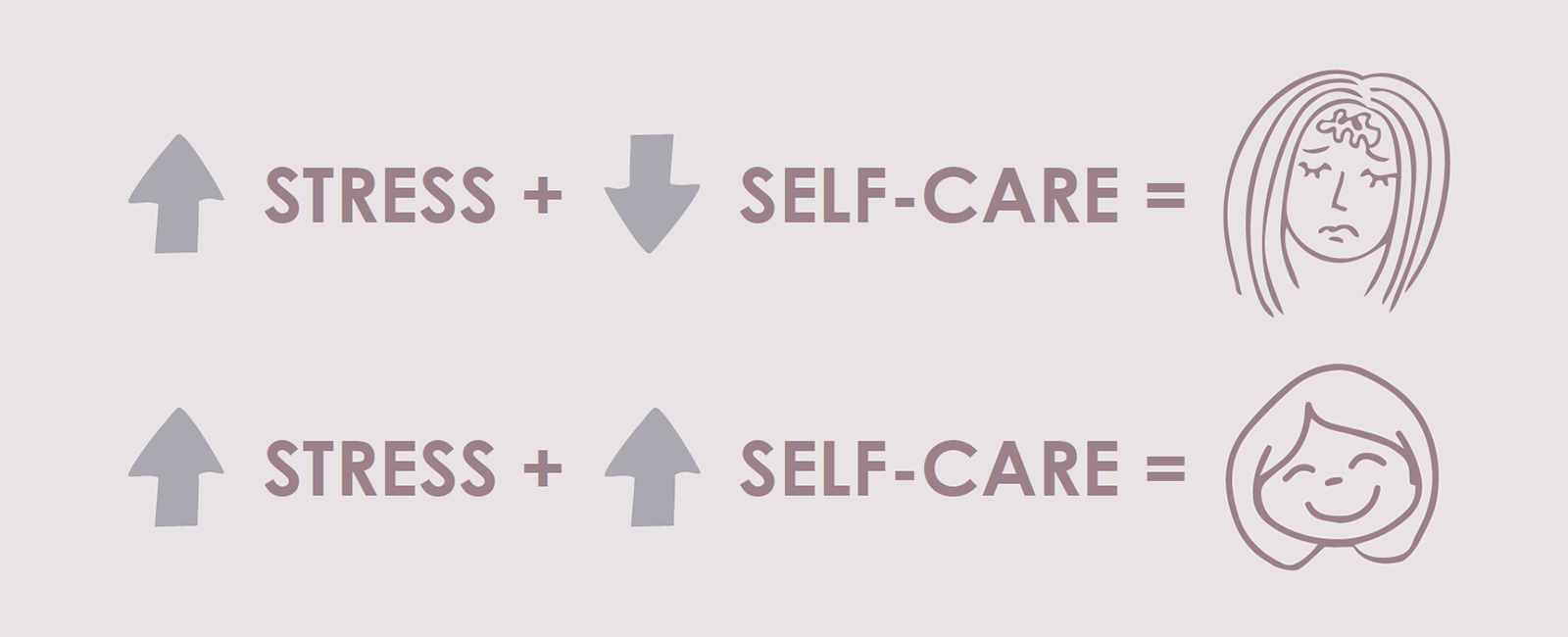
When you or someone you know are about to enter a stressful time – we can plan ahead. Just like working out how many underpants to pack to go away, there is no reason that we can’t consider three self-sustaining practices we can use to get through the stressful time.
What are the possible times ahead that may draw heavily on our self and community sustainability? What steps can be put in place to try and minimise the draw of these times and overtly recognise sustainability?
Here are a few examples to get you started:
- Your wildlife rescues always involve a lot of driving and seem to always take longer than you thought. Fill your car ahead of time with your favourite healthy snacks and drinks to munch on while you are driving.
- Bad heat stress events are now sadly a regular summer issue. What will I pack into a human care kit alongside my wildlife rescue/treatment kit to take with me? What might be my limits so I don’t have to feel like I must go further on the day than I know my body can do? Who can I talk to in advance of the emergency to help explain that I can’t do xxx (insert things like how long you can stand, whether you can do lots of bending or heavy lifting)? The key is to plan ahead, be open and honest and include talking about how to do the human care part of the animal care too.

Consider This 🤔
What kind of self-care is essential to your functioning?
How consistent are you about giving that to yourself?
What can get in the way?
There can be many reasons that get in the way of our approach and action on self-care.
Here are just a few:
- A sense of over-responsibility
- Lack of boundaries
- Unwilling to ask for/accept help
- Identity and beliefs (productivity = worth)
- Increase demands/decrease support
- Trauma (past and present)
- Family of origin norms
- Organisational culture
Where to Start?
Some self-care takes time to plan and execute and sometimes this can be overwhelming and an immediate roadblock. So, a great way to start is by following your natural impulses and/or focusing on what you already do that brings you joy and pleasure.
Listen and act on your bio impulses: This means noticing what your body needs. In other words, do you eat when you’re hungry? Do you use the bathroom when your body tells you? Drink when you’re thirsty? Rest when you’re tired? We have trained ourselves to ignore these needs. It can be surprisingly powerful to pay attention to and tend to our most basic impulses.
Focusing on what you already do that brings you joy: What brings you instant joy or pleasure (when you focus on it)? The feeling of a soft fleece blanket, singing along to your favourite song, a warm shower, burning a candle, or a moment in the sun feeling the breeze on your face? Here’s the trick: when you do these things set an intention to let them recharge you or bring you joy. Give them your full attention and let them restore you.
Consider This 🤔
What is one barrier that gets in the way of giving your self-care?
Start checking in and paying attention considering:
- How does my body feel right now?
- How does my heart feel?
- What do I need in this moment?
- What’s one small, doable way I can meet that need?
You make a million choices a day. This leads to decision fatigue which can lead to poor self-care choices. The more routine and ritual you have, the more you can relax because your daily self-care choices are already made.
Consider This 🤔
What’s one routine you can put in place this month that would improve your life the most?
Community Care
Understanding self-care is fundamental to our energy management. There is a wider context though where our state and wellbeing can influence those around us. In this way self-care is a community care. Here are some community level questions that are worth considering:
- What’s one pay it forward self-care conversation you can have with another person this month?
- Do you validate and support others when they tend to their energy management?
- Does your wildlife group culture validate investing in energy management?
- Are there any group culture elements that may be impinging on wildlife sector volunteers building and implementing self and community sustainability?
- What are the possible times ahead that may draw heavily on our self and community sustainability?
- What steps can be put in place to try and minimise the draw of these times and overtly recognise sustainability?
In Summary
- Pay attention to the stories you tell yourself about self-care.
- Notice your biological impulses + tend to them.
- Savor micro-moments of joy.
- Check in with yourself: what do I need in this moment?
- Create routines to simplify self-care, even in crisis.
Take your forward journey in self-sustainability one step at a time. Expect that it will fall apart sometimes. That’s life, and, in the wildlife volunteer sector what is predictable is the unpredictability. There are always circumstances that knock us off course. Expect that to happen and prepare to course correct.
Whenever you find that your self-care practices aren’t what you’d like or need them to be, be kind to yourself and start again. You’re not a failure. Don’t waste time or energy beating yourself up (that’s definitely not self-care!). Begin again, wherever you are, and start taking baby steps back towards your self-care practices or goals. Make it easy to succeed by lowering the bar and just get back to it in whatever way you can. Self-care is not an all or nothing affair. A little bit every day (or most days) goes a long way. Lets take care to give care. Let’s build the strongest you, so you are around for as long as possible in order to help our wildlife.
Acknowledgements
The content on this web page was developed in collaboration with Jessica Dolce (jessicadolce.com). Jessica is a Certified Compassion Fatigue Educator, who’s mission is to create practical tools to help animal care and welfare folks be well, while they do good work in the world. Her compassionate articulation of the subject area is valuable and valued. Some of the words in this document are her words, and others were inspired by her sensitive approach to the topic of self-care.
Except where otherwise attributed, all content is the property of either Two Green Threads or jessicadolce.com. Resale or publishing of any content herein is prohibited. No part of this publication may be reproduced without the prior written permission of Two Green Threads and Jessica Dolce.
All rights reserved. Copyright © 2020
With grateful acknowledgement for making this resource possible:
